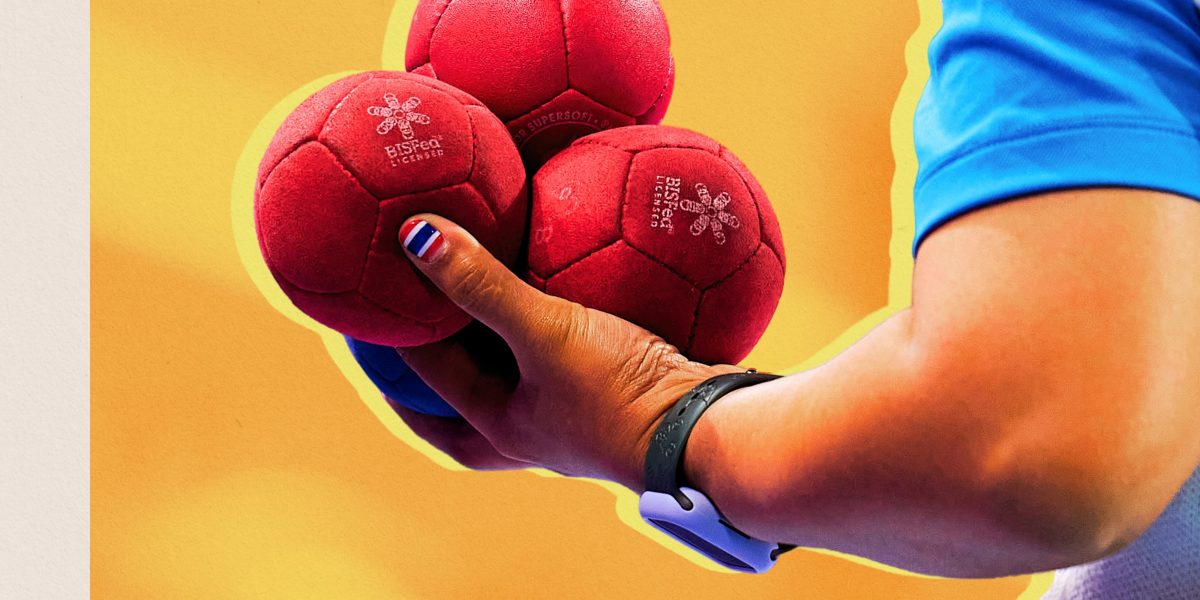Chances are you’ve either played or witnessed others enjoying bocce at the park: While it may look deceptively simple, it’s a sport that requires dexterity, concentration, and oftentimes teamwork.
All that and more will be on display in Paris, where athletes will be contesting boccia—the indoor Paralympic version of the outdoor game. It’s one of only two Paralympic sports that doesn’t have an Olympic counterpart, meaning you’ll only be able to catch it at the Paralympics.
But before you do, you’ll want to brush up on everything boccia, so you can follow along with all of the action. Here’s everything you need to know about this strategic ball sport.
When did boccia get started?
Many, many years ago. In fact, according to Paralympic.org, it may perhaps be “the earliest game ever played by mankind”—murals and engravings relating to the sport were found in Egyptian tomb excavations dating back to 5200 BC. In earliest iterations of the sport, which has roots in Greece and Egypt, players would throw large stones at a stone target. So it’s only fitting that its later name, “boccia,” derives from the Italian word meaning “bowl.”
Flash forward to boccia as we know it: Originally developed for those with cerebral palsy, boccia has been popularized around the world, and is now played by people who have any kind of neurological impairment that affects motor function.
Boccia made its debut at the 1984 Paralympic Games in New York City, where a total of 19 athletes represented five different countries on the global stage. Forty years later, 124 athletes will compete across 11 medal events at the 2024 Paralympic Games in Paris.
How is boccia played?
There are several formats for boccia. Two teams compete against each other either as individuals, pairs, or teams of three. The first team gets six red balls, the other, six blue balls. The goal is to get the most of your color balls closest to the white ball, called the jack, so you can score the most points. At the same time, you want to keep your opponents’ balls as far away from the jack as possible.
The athletes compete in wheelchairs; there are four classes depending on their level of impairment:
- BC1 athletes play the ball with their hands or feet and have an assistant to help position the wheelchair.
- BC2 players throw without assistance.
- BC3 athletes may use a pointer—which can be held by mouth or attached to their helmet—to push the ball down a ramp onto the court, and may also receive support from an assistant.
- BC4 athletes are not eligible to have an assistant with them during competition.
How do you score and win in boccia?
The scoring system depends on the type of game (singles, doubles, or team).
